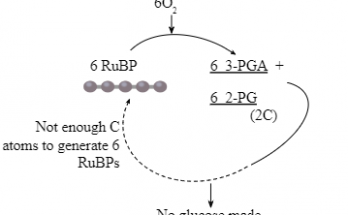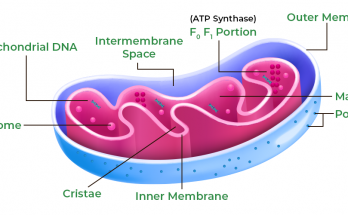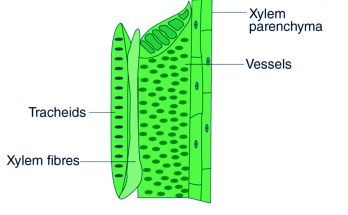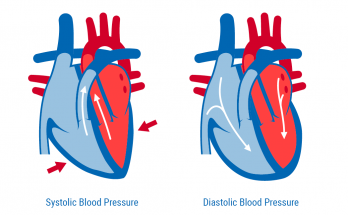Class 7 science -Chapter 4 – Heat – Definition and Explanation of Important Keywords
Class 7 Science – Chapter 4 Heat: Definition and Explanation of Important Keywords”
In this chapter, we explore crucial heat-related terms like “Celsius scale,” which measures temperature, and “conduction,” the process of heat transfer in solids. “Convection” explains heat flow in fluids, while “radiation” details heat transfer without a medium. Understanding these terms is essential for grasping the science of heat.




